27 February – Death Anniversary
Bharat Bhoomi is not called a heroic child. Here, in fact, such heroes were born, who dedicated themselves to this country. The result of the sacrifices of those heroes is that today we are living in independent India, breathing freedom. Today is the death anniversary of one such patriot and great revolutionary, who laid down his life at the feet of Mother India. Today is the death anniversary of Chandrashekhar Azad, who made an outstanding contribution to the Indian freedom struggle. He was free for life and even death could not take away his freedom.
Was born in Madhya Pradesh, got free name like this
Born on 23 July 1906 in Madhya Pradesh, Azad had a desire to do something since childhood. At the age of 14, he was arrested for the first time and presented before the judge. When the judge asked his name here, he said very strongly that Azad. Just like asking for address, he said, Jail.
At this, the judge sentenced him publicly to flog 15. This was the moment when 15 whips were raining on his back and Azad was announcing Vande Mataram. This was the day when the countrymen started calling him by the name of Azad. Chandrashekhar Azad used to say that, we will face the bullets of the enemy, we have been free, we will remain free. There was a time that this statement was repeated every youth every day and even today it inspires the youth.
Also associated with non-cooperation movement, later formed a separate party
In 1920, Chandrashekhar Azad joined Gandhiji’s non-cooperation movement at the age of 14. When Gandhiji withdrew his movement after the Chaura-Chauri incident, many young revolutionaries including Azad broke away from the Congress and formed their own organization. The organization was named Hindustani Democratic Union. The young revolutionaries of the country were added to this organization. Chandrasekhar Azad avenged the death of Lala Lajpat Rai in 1928 by shooting down the British Police Offer SP Saunders in Lahore. Gradually he instilled in the Indians a desire to fight for freedom. Azad, under the leadership of Ramprasad Bismil, was also actively involved in the Kakori incident.
The British did not come to the last moment
Chandrasekhar Azad made his name worthwhile. On 27 February 1931, the British police surrounded Azad at Alfred Park in Allahabad. He alone faced the British. During this, he also took his comrades safely out of there. When he had just one bullet left, he fired this bullet on his temple, as he vowed that the British rule could never hold him alive.
Even when Azad shot, the English police did not dare to go to him. After a long time, when there was no firing from there, the British moved a little further. His eyes fell on the dead body of Azad and then came to know the lives of the soldiers of the British rule. The park where Chandrashekhar Azad became free forever, today the same park is known as Chandrashekhar Azad Park.


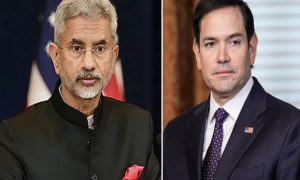

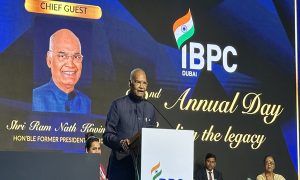

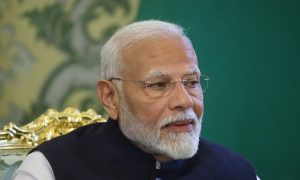

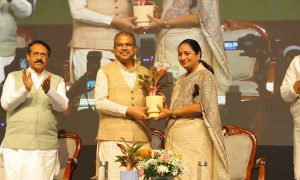

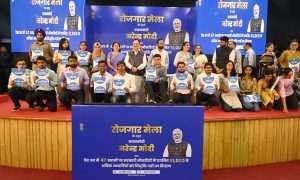



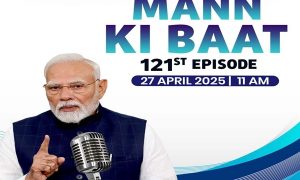

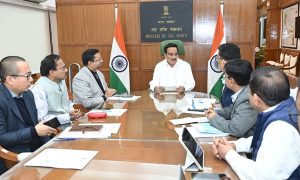



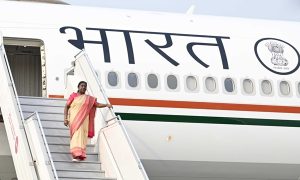

 WhatsApp us
WhatsApp us